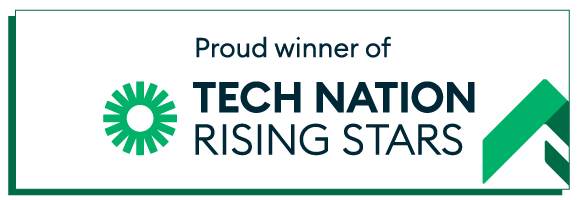- Just: Content Team
- September 5, 2022
- Estimated Reading Time - under 3 minutes
6 Tips for Perfect Transcription. It’s one thing recording some audio, it’s quite another getting it transcribed.
Transcription is a useful tool for businesses and organisations in a range of sectors. For some jobs automatic, machine generated transcription can suffice, while human transcription is preferred for tasks requiring greater accuracy and precision.
But whatever the type of service you choose, you want to make sure that your audio recording is ready to be transcribed so as to avoid unnecessary delays.
Let’s take a look at the key things to watch out for:
Poor audio
Easily the number one reason for transcription delays (by a country mile) has to be poor or unclear audio. It’s an easy enough problem to diagnose if not to solve. It really pays to take a few minutes once your meeting or interview has finished to scan through the recording. You don’t need to listen to the whole lot – it could be hours, just “dip listen” to certain parts.
Make sure that all speakers are heard on the recording and note any potential pitfalls or issues, for example hard accents or background sound, and add them as a note when you come to submit.
To anonymise or not to anonymise
One thing you might need to consider is whether certain parts of your recording need to be redacted, either for privacy or GDPR purposes. This can be easily done by transcription services – for more info on anonymisation click here.
You ideally want to avoid censoring your own work yourself before sending it off to be transcribed as it risks parts of the recording being unclear and untranscribable. This is why it’s important to use a reliable secure transcription service which stores and handles your data safely and doesn’t disclose it to third parties.
Decide if and where you need timestamps
Something else to think about before handing over your transcripts is time-stamping. Again, this can vary depending on your project. You may just need the odd one here and there for ease of reference, or start times for every speech bubble.
At JUST we can accommodate bespoke time-stamping requests, and timestamps are automatically added where speech is inaudible.
Count the number of speakers
Another frequent cause of delay in transcripts is an unexpected number of speakers. This is particularly important if you’re relying on machine transcription. If your recording has five speakers but you only select four on the setup, you will most likely end up with speakers merged and parts of the dialogue attributed to the wrong people!
Even just one out can disfigure the whole transcript, so take a few minutes just to count all audible speakers, even if it’s just someone poking their head around the door for five seconds.
Determine the start and end
Make sure that your recording starts and finishes where you want it to. By that we mean removing any private discussions tacked onto the end when someone forgot to turn off the tape recorder. If necessary, you can also indicate where you want the transcript to start and finish. Not only does this only avoid confusion but also saves you money by ensuring irrelevant stuff isn’t transcribed.
Take one last check for any quirks or anomalies
Once you’ve been through all of the above, the last thing to do is to make a note of anything unusual that might crop up. Perhaps there is a brief section in another language, or somebody who sounds very quiet on the recording. By flagging it up, you ensure that your recording is handled correctly and minimise mistakes.
Human transcribers are only humans after all!


